Orienspace, a private space company that makes the world's mightiest solid-propellant carrier rocket, has begun to develop a new, liquid-fuel model, according to the new type's chief designer.
Huang Shuai, who leads the research and development of the Gravity 2 model, said on Wednesday in Wuhan, Hubei province, that the reusable rocket will have two configurations — a baseline model and an enhanced variant with two side boosters.
The baseline model will be 70 meters tall and 4.2 meters wide with a liftoff weight of 715 metric tons.
Its first core stage, the main body of any rocket, will be reusable and has been designed to be reused at least 30 times, he said.
With a liftoff thrust of 990 tons, the model will be able to transport at least 17.4 tons of spacecraft to a low-Earth orbit or 11.9 tons to a sun-synchronous orbit at an altitude of 500 kilometers.
"If everything proceeds according to our plan, the rocket will be ready for its first flight about the end of 2025," Huang said.
The enhanced variant will be the baseline model connected to two solid-propellant side boosters. It will have a liftoff weight of 875 tons and a thrust of 1,290 tons.
The variant will be capable of sending satellites with a combined weight of 29 tons to a low-Earth orbit or 20 tons to a 500-km sun-synchronous orbit, Huang said.
The main propulsion system on the two models will be the Yuanli 85 engine under development at Orienspace.
Huang said the Gravity 2 project is intended to meet satellite companies' demand for launch services for large-scale deployment of medium-sized and large satellites and also for sending spacecraft into high-altitude orbits.
Orienspace, a Beijing-headquartered startup, is known for designing and building the Gravity 1 model, the world's most powerful solid-propellant carrier rocket and also China's strongest privately-built rocket.
Gravity 1 made a successful debut in January from a launch service ship off the coast of Haiyang in Shandong province.
It is the first and only private rocket in China with side boosters. It also has the biggest fairing, or nose cone — the top structure on a rocket that contains satellites or other payloads — of the country's private rockets.
The type's maiden flight also made Orienspace the fifth private Chinese company to have its own carrier rocket, following i-Space, Galactic Energy, Space Pioneer and LandSpace.













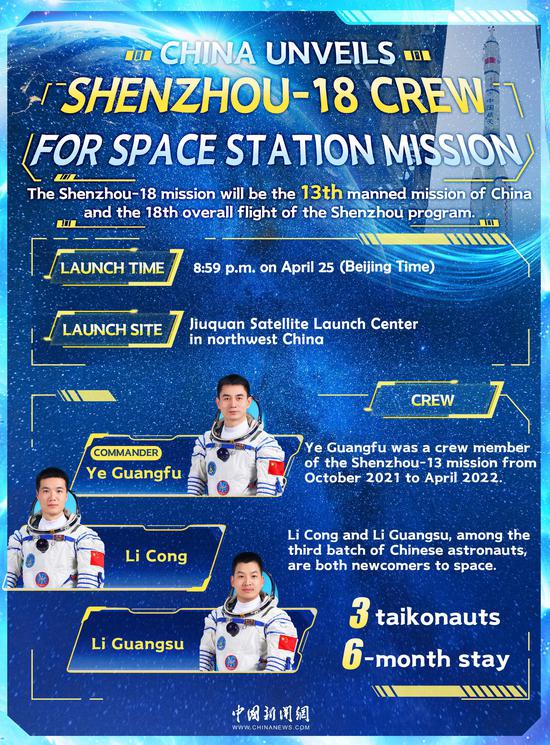

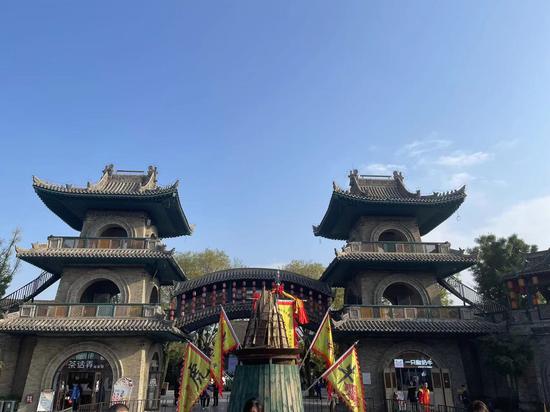
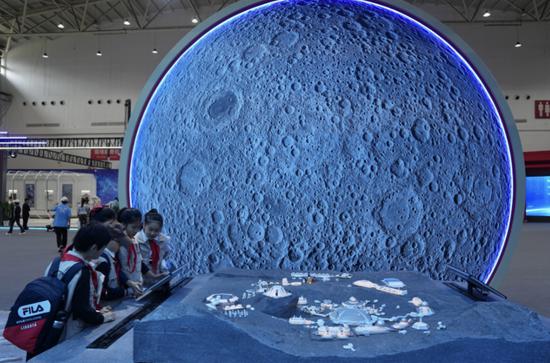




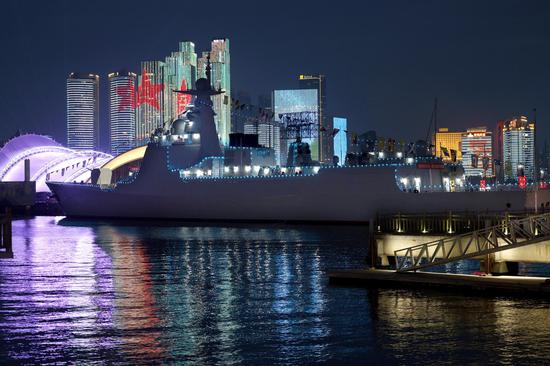


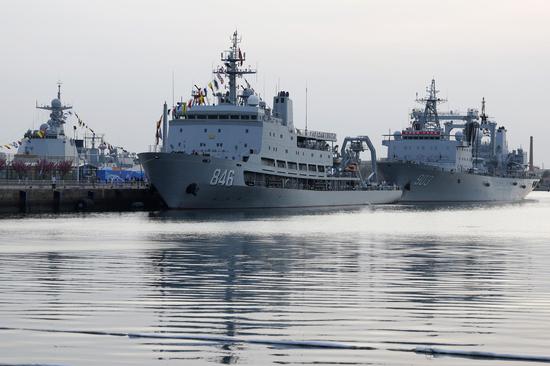
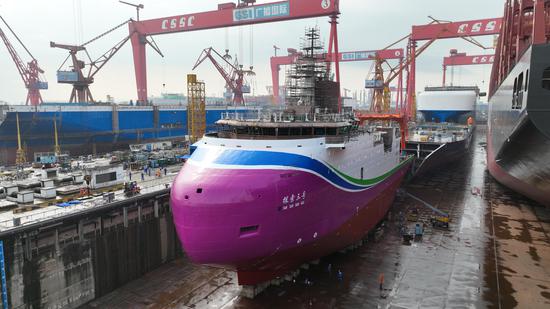


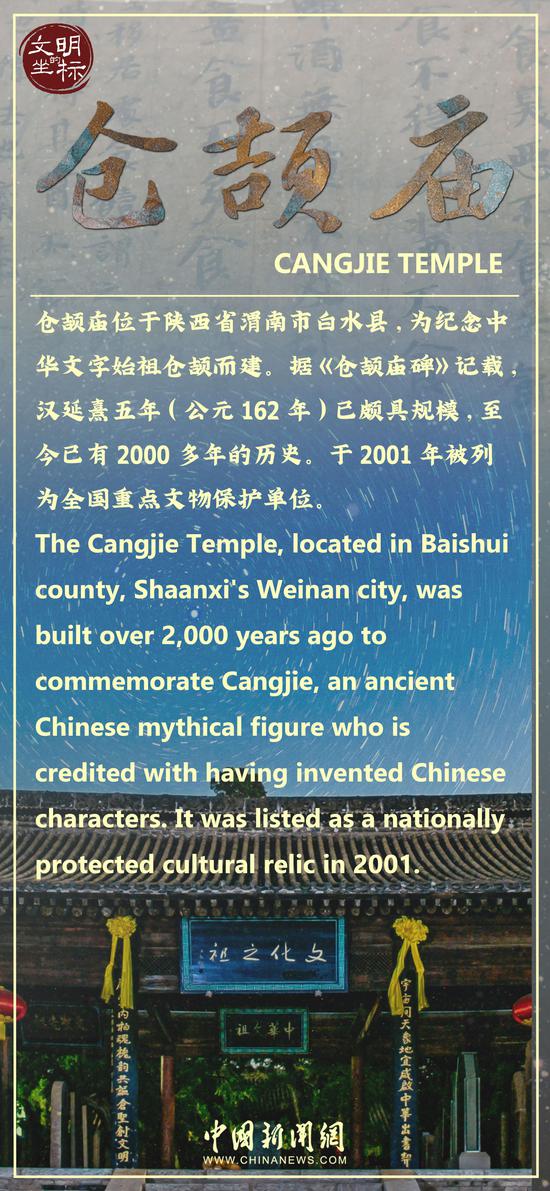


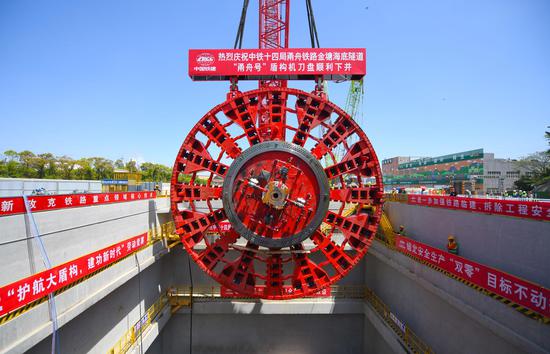



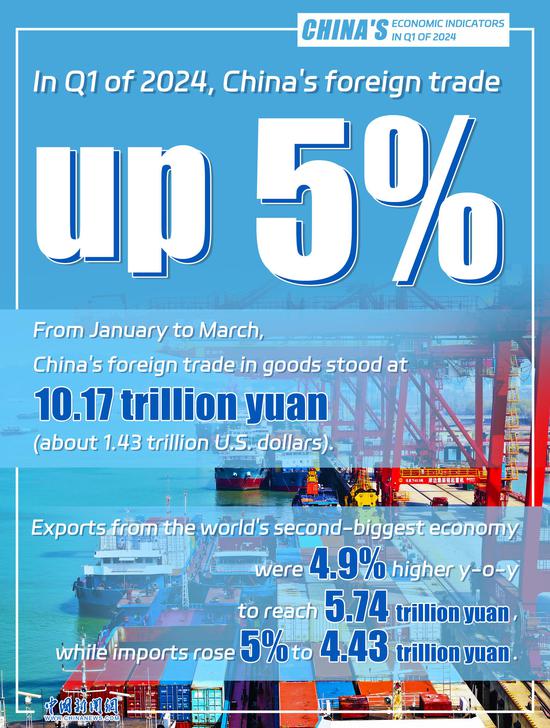




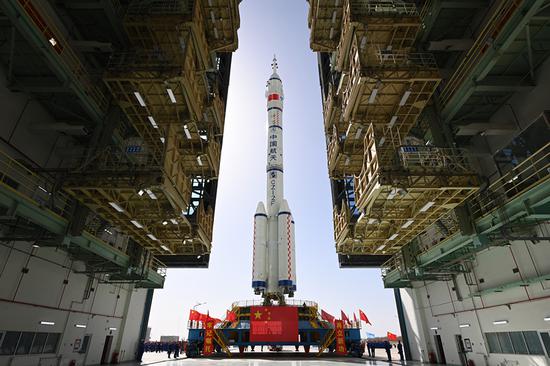



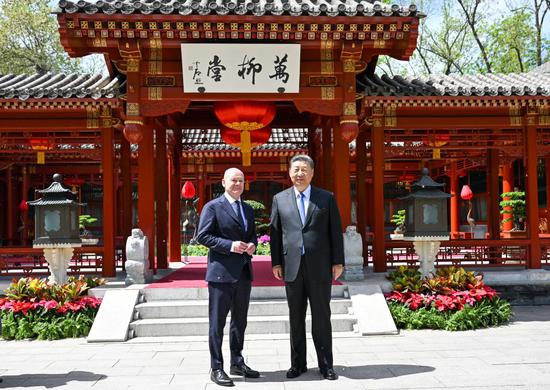



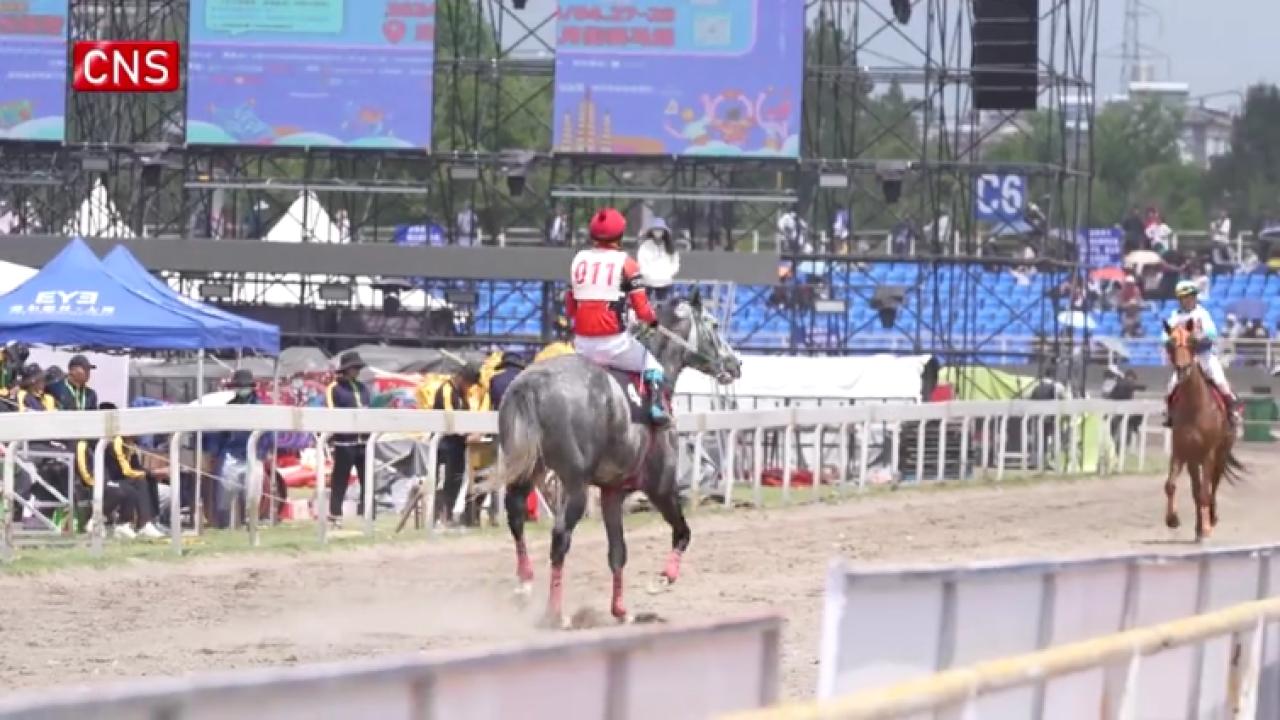

 京公网安备 11010202009201号
京公网安备 11010202009201号